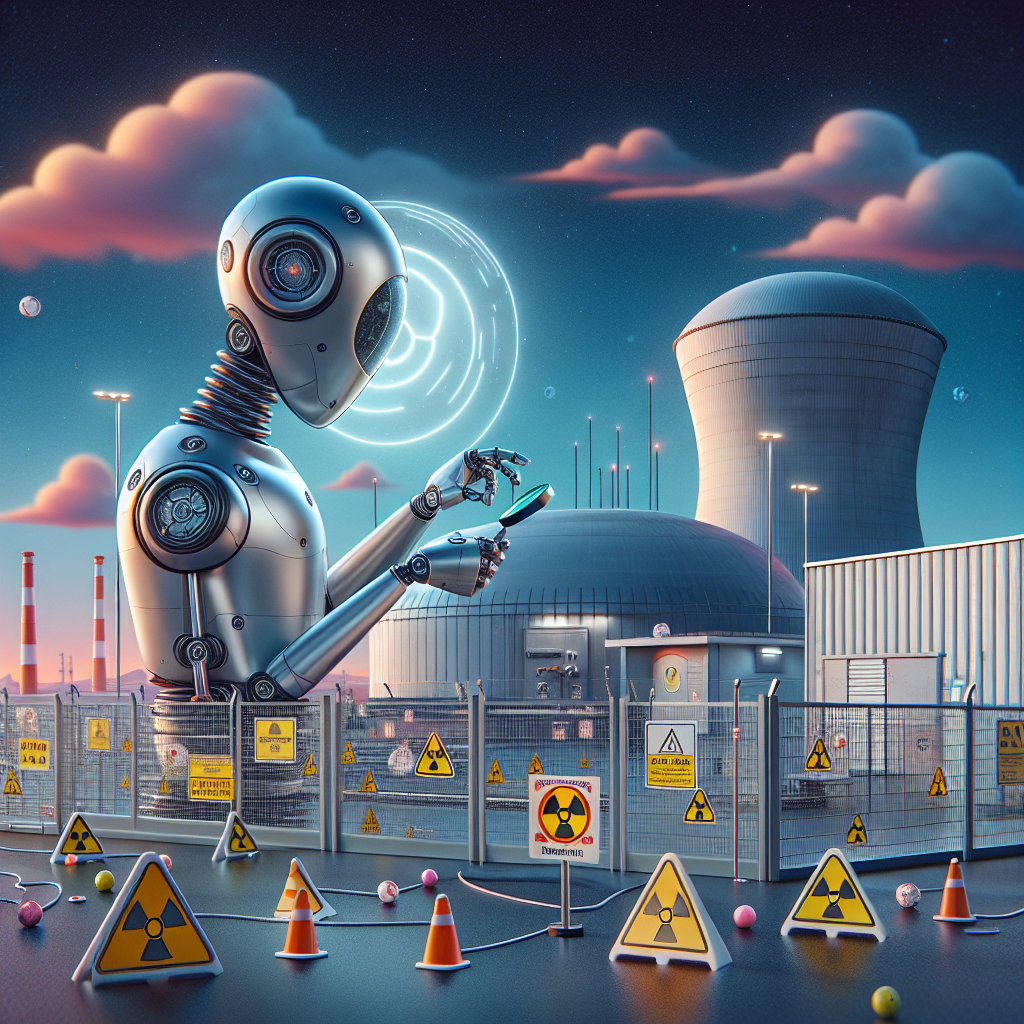IAEA Invites Global Input on Nuclear Safety Amid Climate Threats, Deadline 13 June
Nuclear installations have long been designed to endure natural hazards such as earthquakes, tsunamis, floods, and hurricanes, relying on historical data and forecasting models.

The International Atomic Energy Agency (IAEA) is calling on experts, researchers, and stakeholders across the nuclear sector to contribute to its first-ever International Conference on Resilience of Nuclear Installations against External Events from a Safety Perspective, set to take place from 20–24 October 2025 at the IAEA Headquarters in Vienna, Austria.
With the mounting risks posed by climate change, the conference arrives at a critical moment. Interested contributors now have until 13 June 2025 to submit their synopses for potential presentation at the event. The IAEA emphasizes the importance of international collaboration in developing robust strategies to ensure the resilience of nuclear infrastructure in an era of more frequent and severe natural disasters.
Adapting Nuclear Safety for a Changing Climate
Nuclear installations have long been designed to endure natural hazards such as earthquakes, tsunamis, floods, and hurricanes, relying on historical data and forecasting models. However, climate change is reshaping risk profiles, intensifying hydrological and meteorological events and raising new safety concerns that demand updated assessments and advanced engineering solutions.
“The conference will explore strategies and methodologies to assess and enhance the resilience of nuclear installations to external event scenarios,” said Anna Bradford, Director of the IAEA Division of Nuclear Installation Safety. “Our goal is to ensure these facilities can withstand and adapt to the increasing challenges posed by climate change and other emerging threats.”
A Global Forum for Scientific Exchange
The 2025 conference is designed as a multidisciplinary forum, enabling the exchange of cutting-edge research and technological solutions related to external hazards and their impact on nuclear infrastructure. Participants will include:
-
Safety analysts
-
Regulatory authorities
-
Nuclear facility operators
-
Engineering experts
-
Academics and researchers
-
International development and disaster risk agencies
The event will focus not only on established plants but also new reactor designs, installations under construction, and radioactive waste disposal facilities. Through plenary sessions, panel discussions, and technical presentations, the conference will examine both robustness—the structural strength to withstand hazards—and resilience—the ability to recover safety and functionality following a disruption.
Topics of Interest
The IAEA has outlined a comprehensive list of focus areas for potential contributions. Key topics include:
-
Identification, classification, and analysis of external hazards, including compound and cascading events.
-
Uncertainty analysis in hazard assessment and modeling approaches.
-
Engineering and operational strategies for improving resilience and robustness.
-
Integration of innovative reactor technologies and their inherent safety features.
-
Lessons learned from past extreme events, including the Fukushima Daiichi nuclear disaster.
-
Risk-informed decision-making for nuclear safety enhancement.
-
Preparedness, response, and recovery planning in emergency scenarios.
Submission and Participation Guidelines
To submit a synopsis, authors must use the IAEA’s INDICO web-based submission system. Submissions must follow official guidelines and be completed by 13 June 2025. Authors will be notified of their selection—either for oral or poster presentation—by 30 June 2025.
Participation is open to individuals designated by an IAEA Member State or affiliated with an invited organization. While there is no registration fee, participants are required to receive formal designation to attend.
“Resilience is the ability of an installation to quickly return to a safe state after a potentially damaging event. Robustness is how we design for that ability from the start,” explained Paolo Contri, Head of the IAEA’s External Events Safety Section.
A Platform for Climate-Aware Nuclear Policy
The IAEA is positioning this conference as part of a broader global response to ensure the safe, sustainable, and resilient development of nuclear energy. With more countries investing in low-carbon nuclear power to meet climate targets, ensuring the safety of facilities against environmental extremes and compound risks is more critical than ever.
By incorporating the latest in modeling techniques, simulation tools, and real-world event data, the conference aims to set a new global benchmark for nuclear safety, tailored to the evolving climate landscape.
For detailed information on submission requirements, topic outlines, and participant eligibility, visit the official IAEA conference page.










